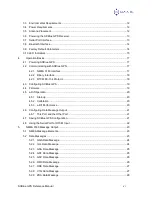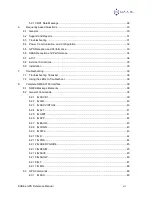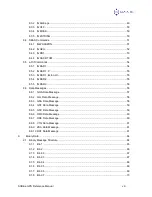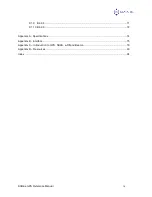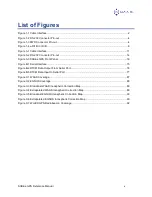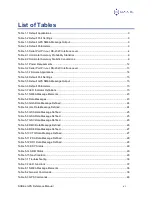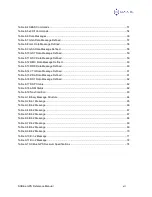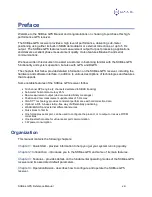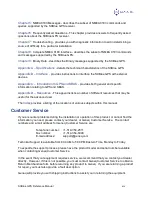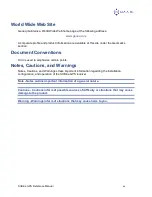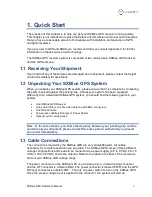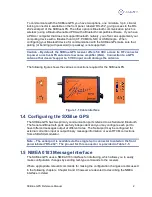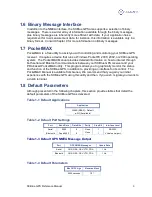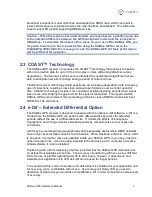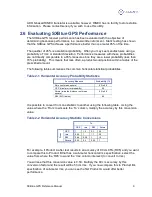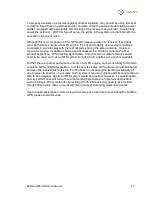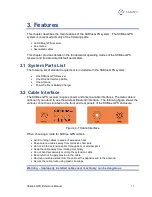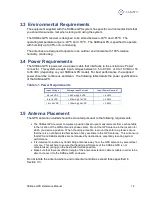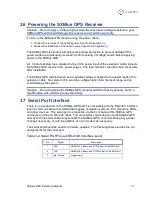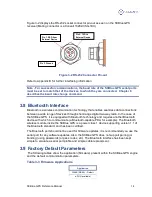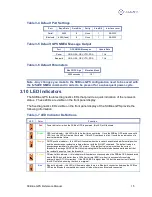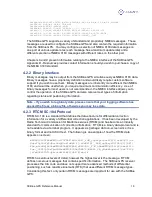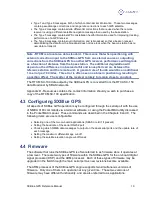
SXBlue GPS Reference Manual
5
2. Introduction
This chapter provides a brief introduction to the SXBlue GPS and some of its high-level
features. The remaining chapters provide more detailed information on the workings of the
product.
As mentioned in the previous chapter, if you are new to GPS and SBAS, we recommend
that you consult Appendix C for further information on these services and technology.
When powered for the first time, the SXBlue GPS will perform a ‘cold start’, which involves
acquiring the available GPS satellites in view and the SBAS differential service.
If SBAS is not available in your area, you may use an external source of RTCM SC-104
differential corrections. If you choose to use an external source of correction data, you will
need to ensure that the external source supports an eight data bit, no parity, and one stop
bit configuration (8-N-1) and a baud rate between 4800 and 38400 baud.
This chapter describes the various modes of operation and features of your SXBlue GPS
receiver.
2.1 GPS
The following sections describe the general operation of the SXBlue GPS receiver.
2.1.1 Satellite Tracking
The SXBlue GPS automatically searches for GPS satellites, acquires the signal, and
manages the associated navigation information required for positioning and tracking. This is
a hands-free mode of operation. Satellite acquisition quality is described as a signal to
noise ratio (SNR). A higher SNR is indicative of better quality signal reception.
Note – The GPS engine is always operating, regardless of the DGPS mode of
operation.
2.1.2 Positioning Accuracy
The SXBlue GPS is a sub-meter (horizontally), 95% accurate product under ideal conditions
(minimum error).
Keeping in mind that this horizontal performance specification is a real world but ideal
scenario test, obstruction of satellites, multipath signals from reflective objects, and
operating with poor corrections will detract from the receiver’s ability to provide accurate,
reliable positions. Differential performance can also be compromised if the SXBlue GPS is
used in a region without sufficient ionospheric map coverage. If external corrections are
used, the baseline separation between the remote and base station antennas can affect
performance.
Since the SXBlue GPS will be used in the real world, blockage of the line of sight to SBAS
satellites is often inevitable. The COAST technology provides solace from obstruction of
SBAS or other differential correction services for up to 30 to 40 minutes, depending on the

